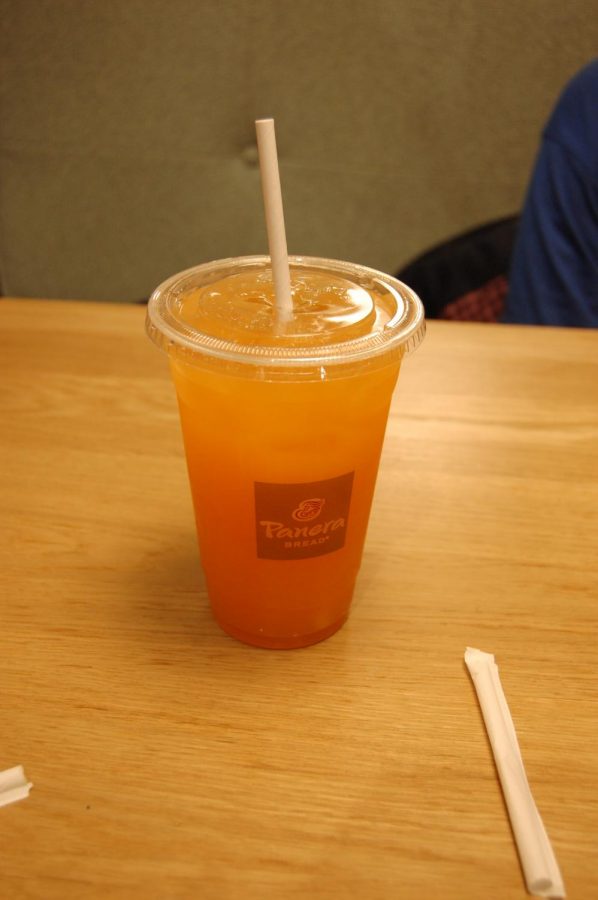Paper straws are mushy menaces and eco-placebos
Panera recently replaced their plastic straws with “environmentally-friendly” paper alternatives.
March 11, 2020
Straws, a hallmark of American fast food, have dominated the United States over the last century. From its invention in 1888 by Marvin Stone to the numerous updates it has received throughout the years (including plastification), many Americans consider straws an essential part of their drinking experience. But recently, under the anthem “save the turtles”, numerous activists have turned against these plastic products, advocating for their replacement by more “eco-friendly paper materials”.
However, paper straws are just short of criminal. Not only do they falsely advertise themselves as beneficial to the planet, but no person should ever be forced to experience the fibrous evil. Imagine going out with your friends to Silver Diner and ordering a milkshake, only to find the paper eyesore sticking out of your whipped cream. Your initial reaction is of surprise—yet another franchise has fallen to the paper-straw movement—but this quickly morphs into pure disgust after your first few sips.
The straws may work fine for a minute or two, but they quickly moisten and collapse, turning your drink into a disaster as plaster mixes with liquid, making a pulp. In addition to poor structural integrity, paper straws have an extremely off putting texture that ruins your experience. “It just gets soggy before I can finish and little chunks of paper fall in my drink and I can’t drink it anymore,” said sophomore Chisom Anyanwu.
The activists counter the argument that paper straws are unpleasant with the idea that eliminating plastic straws is helpful to Earth. In fact, many would agree with these individuals, that is if their argument was true. According to National Geographic, straws make up just 0.025 percent of all plastic in the ocean. With other issues at hand, society should divert more time and resources to fighting important issues—bottles make up 14 percent of plastic in the ocean—rather than abolishing the plastic straw.
Another fallacy, paper straws are better for the environment, lies within their claim. In reality, paper straws are also extremely harmful to the environment, though their consequences are less visible. Not only does the production of paper straws emit more greenhouse gases than their plastic counterparts according to HowStuffWorks, but in a time of extreme deforestation and forest fires, paper straws will quicken the already rapid depletion of Earth’s forests.
After these paper products are used, they get thrown away. Paper may be recyclable, but once contaminated in any way, it is impossible to repurpose. This causes paper to make its way into the environment and hurt organisms in similar ways to plastic products.
Although other reusable straws—ceramic, glass, or metal—have been introduced, these products are not only inconvenient but expensive. Though rare, reusable straws have both impaled and choked people with disabilities, posing a greater risk to people than single use straws do. Combined with the risk of exposure to dangerous fungi and bacteria that can grow in the straws, reusable is not the way to go.
Although it is impractical and wrong to elimate straws completely, we can try and use less. Millions of straws are used daily at sit-down restaurants according to Business Insider. These establishments automatically provide customers with straws for water, which is unnecessary. If restaurants stopped this behaviors, straw usage would be minimized.
Although straws are integral to a society that is ruled by convenience and productivity, where grab-and-go is the motto, in the future, plastic must be eliminated. “We need to establish an environment where plastic is no longer a norm and we need to find alternatives for a lot of things, not just straws or bottles,” administrator Nancy Shay said. We do need to find an alternative to the beloved plastic straw, at the moment paper is just not a viable alternative. For now, we should simply forgo straws entirely if possible.


